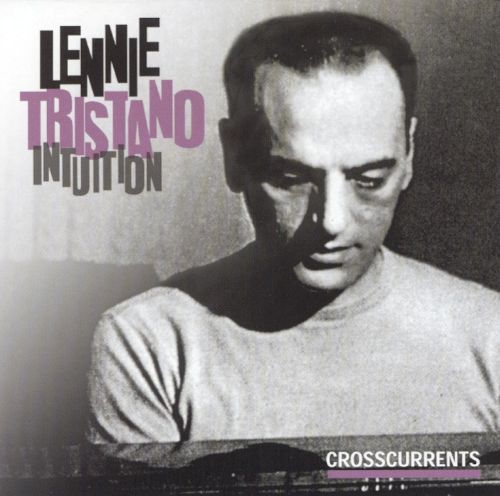[Monday Notes No. 127] All the Things You Are is a Broadway song and in the author Jerome Kern’s intentions was not a jazz piece. However, the song appealed to jazz musicians, who took it over and turned it into a classic of the jazz repertoire. Warne Marsh went even further, using the harmony of All the Things You Are for his song Dixie’s Dilemma, according to the well-known ‘contrafact technique’
The original version of All the Things You Are is characterised by many modulations, through the II V I procedure that is widely used in jazz. While the harmony of the song is thus complex, the melody is very simple. In fact, the theme plays long notes, particularly insisting on the third note of the chord.

Warne Marsh takes the chord sequence of All the Thing You Are and re-creates the melody in full, adapting it to the flavour of his era, the 1950s.

As we said, the piece frequently changes key. The first part [A] begins in the key of A♭ and then modulates to C major. The chords have remained practically unchanged, while the melody written by Warne Marsh is decidedly more complex, with many rests, eighth notes and triplets.
The second Part [B] is perfectly symmetrical to the first but is transposed a fifth above, starting in the key of E♭ major and modulating to G major.

In the third part [C] we find a II V I cadence in the key of G major and E major. In Warne Marsh’s version two chords differ from the original: A♭7 instead of Gmaj7, F7 instead of B7.

The concluding part [D] takes up the opening part but extends it by 4 measures. See the bottom of the page for the complete score. In the space of 36 measures, the piece modulates repeatedly, touching on five tonalities, also far apart: A♭, C, E♭, G, E. The piece thus goes from a tonality with four flats (A♭) to one with four sharps (E).
By replacing the simple melody of All the Things You Are with a complex, dissonant theme, Warne Marsh makes the song even more unstable than the original. Not only does the harmony constantly change, but also the melody never stops and the tension remains completely unresolved.

Warne Marsh was a student and disciple of Lennie Tristano, a very original musician who devoted himself more to teaching than to a concert career. In the music of Lennie Tristano and his followers, the difference between theme and improvisation is almost imperceptible.
This approach is confirmed in Dixie’s Dilemma. For example, in the final part of the piece instead of the theme we hear a multiple voice improvisation (minute 4’01”). It almost seems as if the piece wants to go beyond the distinction between theme and solos.
In the various evolutions of jazz music, innovations are often built on traditional tunes. Thus, from the chords of All the Things You Are, Dixie’s Dilemma took shape. This is how the process called the ‘contrafact technique’ works, and we can say that Dixie’s Dilemma is a contrafact of All the Things You Are.

Jerome Kern was very jealous of his compositions. Who knows what he would think knowing that his perhaps least catchy piece, All the Things You Are, has become a milestone in the jazz repertoire!
Until next Monday!
Useful resources
- Download the lead sheet of Dixie’s Dilemma
- All The Things You Are is part of the ‘how to learn 100 jazz standards‘ list
- Visit the website dedicated to Warne Marsh


